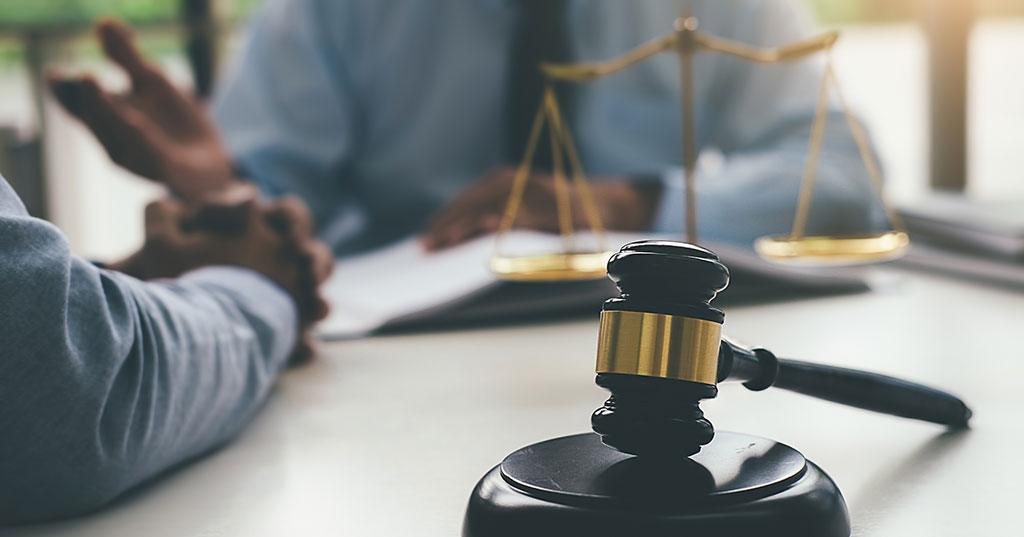Table of Contents
- Understanding Assault Charges
- What Constitutes First-Degree Assault?
- Unpacking Second-Degree Assault
- Legal Ramifications of Assault Charges
- Defending Against Assault Allegations
- Common Misunderstandings About Assault
- Strategies for Preventing Assault Situations
- Resources and Support for Victims and Defendants
Understanding Assault Charges
Assault charges often seem like a complex puzzle, especially for individuals not versed in legal terms. At their core, such charges focus on instilling a fear of harm. Whether it’s a tangible fear of physical harm or a subjective threat the victim perceives, the law treats these scenarios with gravity. As seen in a 1st degree assault example, the legal implications often depend on the presence of intent and the severity of intended harm. This understanding is for legal professionals and ordinary individuals aiming to navigate these tricky situations.
The difference between perceiving a threat and actual physical harm can sometimes be subtle. However, both can carry significant legal outcomes. While definitions provide a foundational understanding, the law relies heavily on context and intent behind actions. This makes it essential for all individuals involved, whether as defendants or victims, to comprehend these charges. An informed approach can be the key to navigating or avoiding these legal difficulties.
What Constitutes First-Degree Assault?
First-degree assault is categorized as one of the most severe forms of assault. It typically involves actions seen as deliberate attempts to cause profound harm or injury. Such a charge might include the use of a weapon or an action that leads to severe bodily impairment, reflecting the intention to cause serious harm. For example, if an individual uses a weapon during an altercation to inflict serious harm, it could be classified under first-degree assault. Due to the severe nature of the potential harm and the implied malevolence, these charges often result in significant legal consequences, including lengthy imprisonments.
Unpacking Second-Degree Assault
On the other hand, second-degree assault is typically less severe than first-degree. However, it remains a significant legal offense. It is characterized by intentional harm without the meticulous planning often associated with first-degree charges. Such situations can arise during heated exchanges that quickly spiral out of control. Although there is an intent to harm, the absence of premeditation sets it apart from the more severe first-degree charge. Understanding the nuances between first and second-degree assaults can be instrumental in legal defenses and the wider social understanding of such incidents.
Legal Ramifications of Assault Charges
The consequences tied to assault charges extend beyond just court-imposed fines or prison sentences. They also cast long shadows over individuals’ social and professional lives, potentially affecting their employment opportunities and personal relationships. Given the varied sentencing standards across different jurisdictions, penalties can range from community service and probation to substantial jail time. Understanding these ramifications is crucial, as they contribute to the broader impact of legal issues on an individual’s life. Therefore, preparing strategies to mitigate these penalties involves understanding the law and the wide-reaching effects of an assault charge.
Defending Against Assault Allegations
Mounting a defense against assault charges requires careful strategy and an in-depth understanding of the law’s intricacies. Common defense strategies may include asserting a lack of intent to cause fear or harm or claiming self-defense when there is a perceived threat. These defenses are complex and necessitate deep legal knowledge to be executed effectively. Consulting with legal professionals is often essential to navigate the process and ensure a fair representation of the case in court. Thoughtful, well-prepared defenses can potentially mitigate sentences and lead to alternative resolutions instead of punitive outcomes.
Common Misunderstandings About Assault
Misunderstandings abound when discussing assault charges, often leading to confusion and mishandled cases. One common misconception is the belief that physical contact must occur for a charge of assault to be applicable. In reality, even the threat of harm, if perceived seriously by the victim, can result in legal proceedings. Correcting these myths and misunderstandings is essential to ensure clarity in legal education and reduce wrongful charges or defenses.
Strategies for Preventing Assault Situations
Preventative strategies are integral in reducing the incidence of assault. Vital actions include empowering communities through education on effective conflict resolution techniques and equipping individuals to recognize potentially aggressive situations. Encouraging open and peaceful communication can significantly decrease misunderstandings and prevent confrontations from escalating. Community initiatives focusing on education and awareness are essential in fostering a society that proactively reduces assaults, enhancing overall community safety and well-being.
Resources and Support for Victims and Defendants
Both victims and those accused of assault require robust support systems to navigate their respective challenges. Legal guidance is crucial for defendants facing charges, helping them understand the nuances of their situation and strategize their defense effectively. Meanwhile, victims of assault need resources that offer safety, psychological support, and counseling. Numerous organizations exist to provide this assistance, helping individuals manage the personal and emotional toll of their experiences. Access to dedicated resources ensures that victims and defendants have the support necessary to face their situations with resilience.










